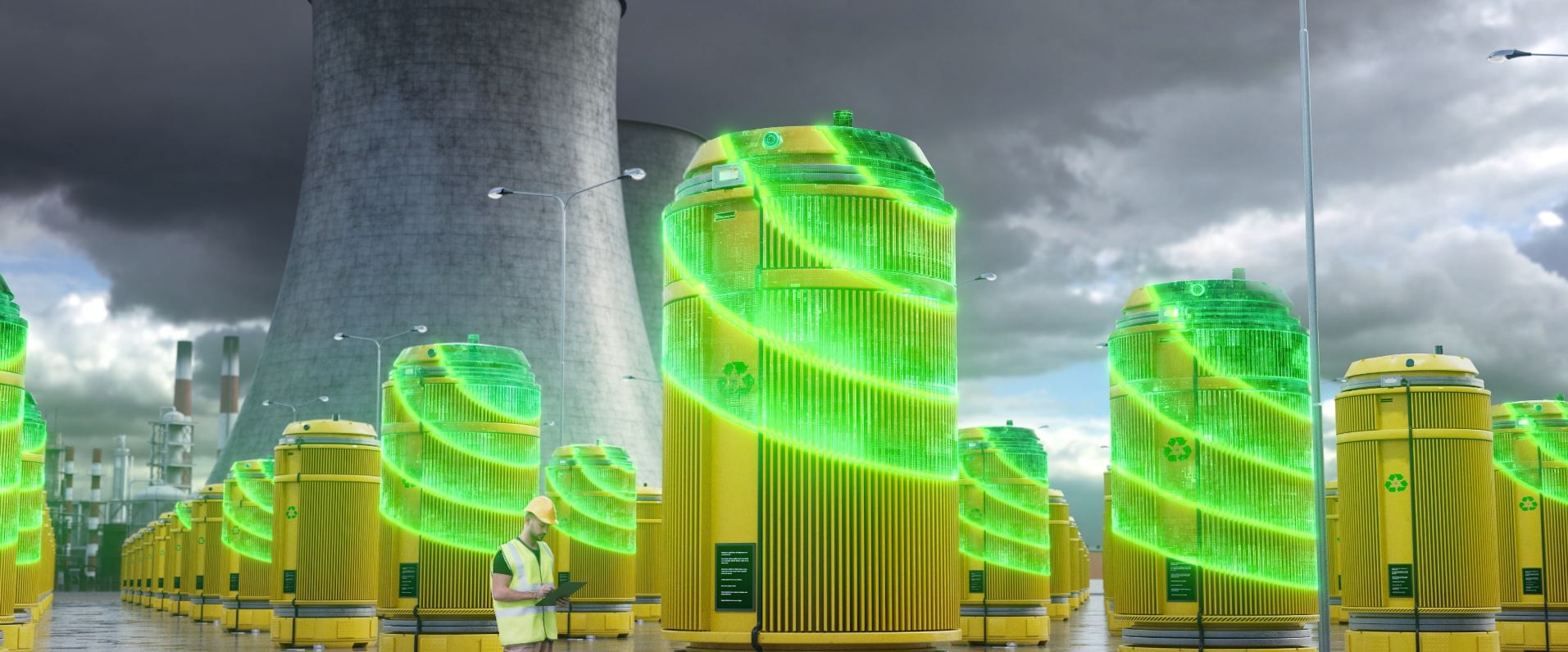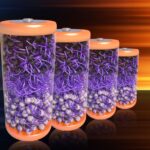 Nuclear power is a major pillar of the US energy mix, yet there’s more to the picture than meets the eye. Even after its first run in a reactor, spent fuel still packs over 95% of the energy it once had. Supported by the Department of Energy, researchers at Argonne National Laboratory are teaming up with industry partners to bring nuclear fuel recycling into the mainstream. Their vision is clear: reduce radioactive waste while maximising the energy extracted from existing fuel supplies for a cleaner, sustainable future.
Nuclear power is a major pillar of the US energy mix, yet there’s more to the picture than meets the eye. Even after its first run in a reactor, spent fuel still packs over 95% of the energy it once had. Supported by the Department of Energy, researchers at Argonne National Laboratory are teaming up with industry partners to bring nuclear fuel recycling into the mainstream. Their vision is clear: reduce radioactive waste while maximising the energy extracted from existing fuel supplies for a cleaner, sustainable future.
Working alongside Wisconsin-based SHINE Technologies, Argonne’s experts are refining a chemical process that efficiently isolates valuable elements from used nuclear fuel. At the heart of their approach are centrifugal contactors – compact, high-speed spinning devices that separate liquids by density. This method not only speeds up the process but also enhances safety and keeps costs manageable, helping to bridge the gap between lab research and real-world application.
Handling spent nuclear fuel is no simple task. Even with years of storage and cooling, the material remains radioactive and continues to emit heat. As a result, recycling facilities require advanced shielding and meticulous radiation management to safeguard both workers and the environment. Each stage, from storage to separation, is designed with robust security measures to meet strict national and international standards.
Economic viability is equally critical. For nuclear fuel recycling to succeed, it must produce materials that offer genuine commercial value. Fortunately, some recovered radioisotopes can be used in advanced reactors, power deep-space missions, or even support vital medical imaging technologies. As the market for these byproducts grows, the financial case for recycling becomes harder to ignore.
Looking to the future, next-generation nuclear plants will use fuel in diverse ways, calling for recycling methods that adapt to different materials. Argonne’s team is proactively modelling fuel behaviour in various reactor setups, allowing them to adjust their recycling strategies to meet evolving energy needs. This forward-thinking approach ensures that recycling processes remain relevant as technology advances.
At the forefront of this initiative is nuclear chemist Peter Tkac, whose team conducts small-scale tests that mimic the extreme conditions found in actual nuclear fuel recycling. By using a Van de Graaff accelerator to generate low levels of radioactivity, they can safely study chemical reactions under radiation. Coupling this with rapid prototyping via 3D printing for new centrifugal contactor components, they’re able to fine-tune designs quickly and cost-effectively for industrial deployment.
This partnership isn’t their first rodeo together. Argonne and SHINE have already collaborated to enhance medical isotope production, making significant strides in diagnostics and therapy. Now, they’re leveraging that experience to tackle one of the biggest challenges in nuclear energy—long-term waste management. If successful, this project could dramatically reduce radioactive waste and extend the useful life of existing fuel, securing a more abundant and cleaner energy supply for generations to come.








